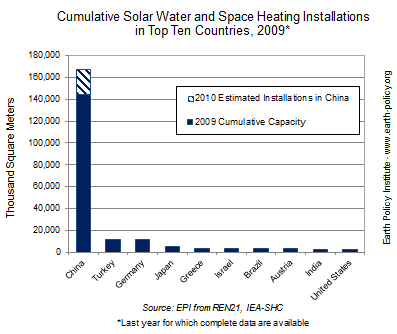A case can be made that some very bad things might be coming in the next year or so
This would not be a biblical apocalypse or even a Mayan one, but rather an event of our own making. The world has made so many problems for itself in recent decades that the whole edifice of civilization is showing signs of coming unglued.This sort of thing has happened within living memory - remember 1914 and 1939 - so a year in which much comes undone should not come as a great surprise. If you are looking for a general theory of what is about to happen to us, you might start with Joseph Tainter's The Collapse of Complex Societies in which the author identifies 17 examples of rapid societal collapse. In a nutshell, if anybody thinks the Roman Empire collapsed from too much complexity, one should look at the U.S. tax code or the efforts to refinance the EU's sovereign debt. Compared to the machinations of the 7 billion people currently running around the world, the Romans were running a kindergarten.
Whether the global civilization, or significant parts thereof, comes unstuck sooner or later is obviously a judgment call, but a case can be made that some very bad things might be coming in the next year or so. There would seem to be two fundamental problems behind the coming upheavals. One is that we are running into constraints on resources and the other is that the OECD nations have simply accumulated so much debt that it is unlikely to ever be repaid. No one ever thinks of the atmosphere's ability to absorb and carry off carbon emissions as a resource, but as the world's climate changes for the worse, that is exactly what it is. It could easily turn out over the course of the next 10 decades, that the atmosphere's ability to absorb greenhouse gases turns out to be far more important than reserves of fossil fuels. More





